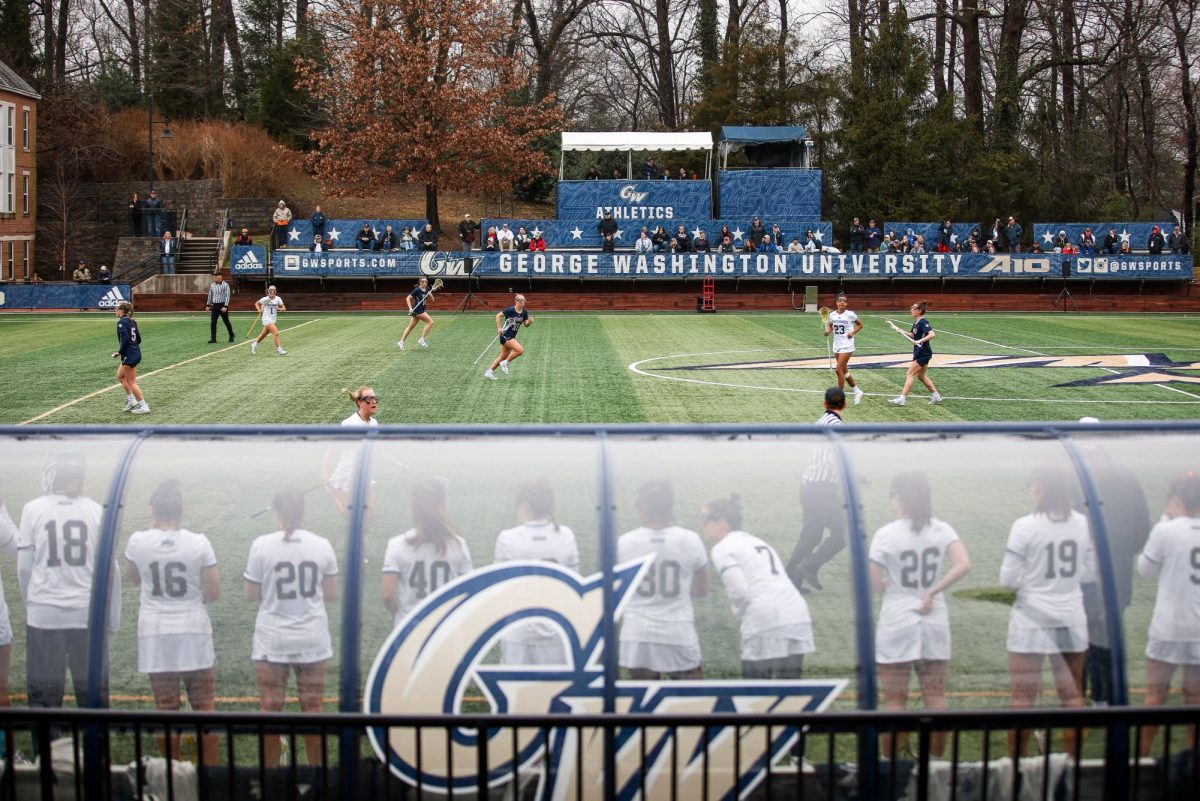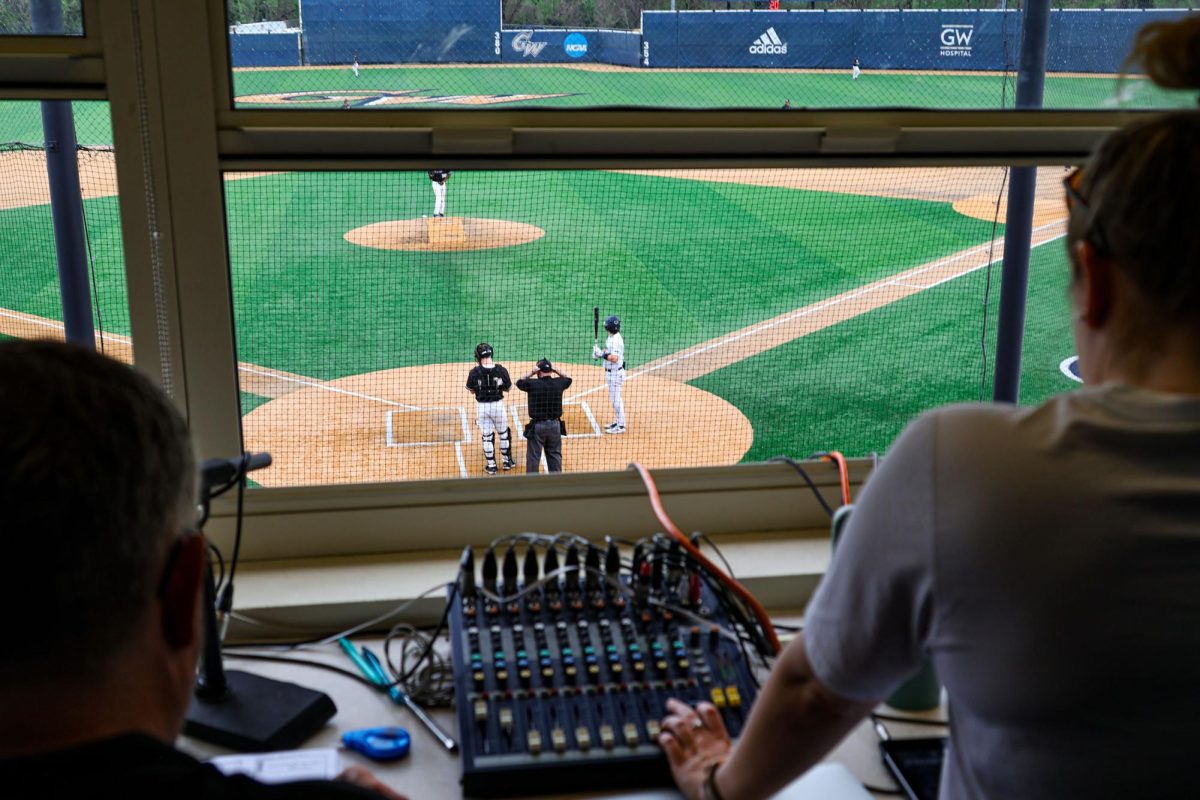The ongoing Department of Athletics review has changed in its intent to accommodate the vast amount of data members of the review committee have found.
The athletics review, once designed to result in a singular working document published this summer, is now an evolving project with ongoing discussions centering on the future structure of the Department of Athletics.
Patrick Nero, the director of athletics, said the amount of data collected within the review’s first months was too immense to be included in one report, so the University’s trustees extended the review’s end date to at least next summer.
The scope of the review is broad, addressing intercollegiate athletics, campus recreation facilities – such as the Lerner Health and Wellness Center – and club and intramural sports. In the past, Nero said, all of those areas have been lumped together into one budget and one plan, and the goal of the ongoing review centers around defining separate, concrete plans for the future of each of those levels.
“The good news is that a lot of information came out of the study, and we’re very focused on addressing it. I think it’s something that will really need to be judged in five to 10 year increments,” Nero said. “You’re starting to see some things that, the facility things, the physical things, hard things you’ll be able to see pretty quick.”
Some of the recommendations are already beginning to take flight, including the replacement of artificial turf on the Mount Vernon Campus athletics field and an increase in the nutritional benefits available to student-athletes.
Going forward, the 10 trustees overseeing the athletics review are working on midterm items to present to the Board of Trustees in October. A third and final phase focusing on more long-term decisions about athletics is tentatively slated for discussion in June, Nero said.
One long-term project Nero identified is an effort to up the number of scholarships available to student-athletes. The NCAA sets a maximum number of scholarships available for a specific team, Nero said, and GW is currently providing less than both the NCAA maximum and the Atlantic 10 average for many sports.
“A lot of our team scholarships were much less than our competition,” Nero said. “We’ve put together a four-year scholarship level that would get much of our programs to the average level, if not above, that of the Atlantic 10.”
The end goal of the review remains the same, Nero said: to provide the resources needed for the different facets of the Department of Athletics to be successful and competitive. The major change, Nero said, is the end date of the review, not its purpose.
“I think I’m going to leave [the end date] up to the Board. It’s really what the Board decides. Are they going to have this committee continue for a year or two, or, some schools have a standing athletic committee where the athletic director is responsible for reporting to the board once a year,” Nero said. “They may decide that.”
Number Crunch: 27
The number of assists junior Katie Crosby posted in volleyball’s 3-0 victory over Howard, earning GW a 3-0 record to open the season.






